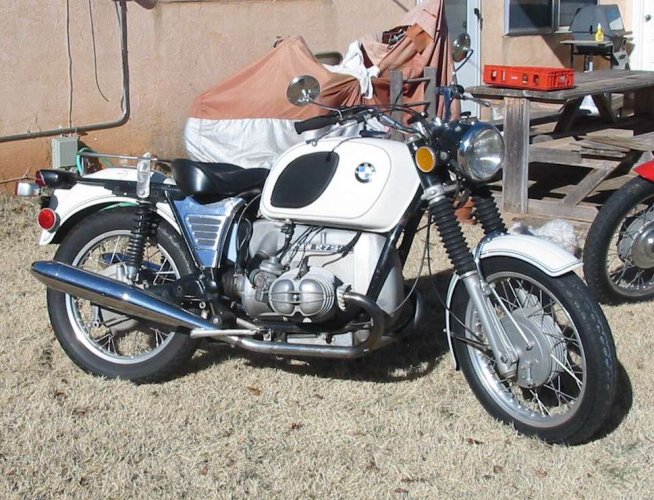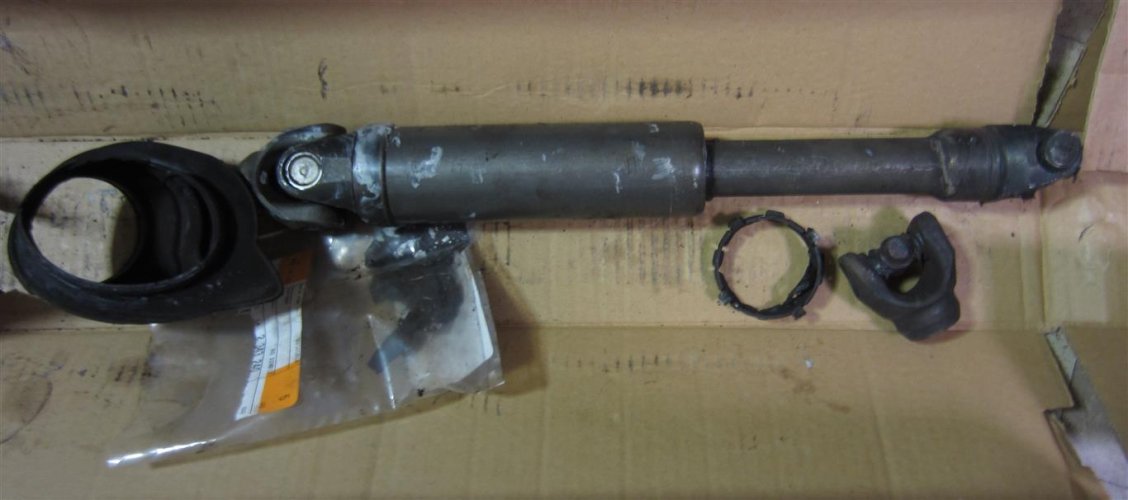tohau
New member
Last edited:
Follow along with the video below to see how to install our site as a web app on your home screen.
Note: This feature may not be available in some browsers.
I own a 2014 BMW R1200RT with 116,000 miles. The bike is just getting a new alternator. Are there other owners that have the same model with similar or higher mileage?
I just trying to find out how far I can push the life of RT. The bike got regularly maintained by BMW dealers.
Thanks,
Tobias


Not the same model, but my 1150GS was sold recently to a younger, budget-conscious rider… with 135k miles.
I am a preventative maintenance kind of person, and probably spend too much being so, but there is nothing I hate worse than sitting on the side of the road in the middle of nowhere with a worn-out part that could have been replaced before it failed.
So, at 75k miles, with early indications that the rear main seal of the crank was failing, I made the investment to go through and replace things known to fail on a high-mile bike so that I didn’t have to worry about it for another 75k miles.
With the bike split in half, I chose to:
- replace the clutch friction plate (it was in near-new condition, interestingly)
- replace the Hall-effect sensor
- replace the clutch slave and master cylinders
- rebuild the front brake master cylinder
- rebuild brake calipers
- flush the ABS pump and entire braking system
- clean and rebuild the starter
- replace valve train chain tensioner
- replace front wheel bearings
- replace swingarm bearings
- rebuild rear drive
- rebuild Ohlins shocks
- a ton of maintenance items like fluids, grease,
Items like the drive shaft, the telever pivot, rebuild the cylinder heads, etc., were all in fine condition. My tech said that the drive shaft exhibited only the tiniest fraction of play and would be good for a long time. I chose to buy a NOS drive shaft for $300 (they now cost nearly $1000) … which I ultimately sold to the bike’s new owner.
Total investment was about $3500 (this was 10 years ago, it’s probably $7000 now!)… which represented a $15k savings compared to buying a new R12GS.
Your bike will easily go well over 200k miles and some members have far more.
It all depends on how much you love your old bike vs. the peace of mind (sort of) that comes when riding a new one.
Ian
In Mexico, 20 years ago…


I have a 2016 R1200 RT with 163,477 miles on it. Dealer serviced. I have replaced 2 driveshafts. Other than that, just regular maintenance.
I have a 2016 R1200 RT with 163,477 miles on it. Dealer serviced. I have replaced 2 driveshafts. Other than that, just regular maintenance.
And original final drive??? VERY impressive!
Voni's '93 R1100RS is parked out front, ready to ride, with over 400,000 miles on the original unmolested final drive. When I sold my '03 R1150R at 189,000 miles it still had the original final drive too with no need for repair.
Paul, you have probably said this before, but I would like everyone to know exactly what maintenance you perform on your final drives to make sure it last so long. I think it's very important for everyone to know.
Thanks, E.
Paul, you have probably said this before, but I would like everyone to know exactly what maintenance you perform on your final drives to make sure it last so long. I think it's very important for everyone to know.
Thanks, E.


Voni's '93 R1100RS is parked out front, ready to ride, with over 400,000 miles on the original unmolested final drive. When I sold my '03 R1150R at 189,000 miles it still had the original final drive too with no need for repair.
I own a 2014 BMW R1200RT with 116,000 miles. The bike is just getting a new alternator. Are there other owners that have the same model with similar or higher mileage?
I just trying to find out how far I can push the life of RT. The bike got regularly maintained by BMW dealers.
Thanks,
Tobias
View attachment 90866
I have been using MOLYKOTE M Gear Additive since my 07 LT in all my FD's.The only "maintenance" I do for final drives is to use a moly additive to the gear oil. I began doing so in the mid-1980s at the advice of Oak Okleshen. I originally used Dow Corning "Gear Guard" and have since been using a moly additive from Guarddog Moly Lubricants which is now out of business but I still have a gallon of the stuff. I use the same additive in transmissions if the transmission is separate from the engine, not lubricated with the engine oil.
On our classic K bikes I also clean and lubricate the sliding splines at the rear of the driveshaft to preserve the splines on the pinion shaft. I do this every rear tire change. On the later paralever equipped bikes the sliding motion is the middle of the driveshaft so a good coating of the pinion shaft splines is all that is needed for cushioning and to prevent corrosion.
The alternator went out at 148,000 on my 2014. Now have 188,000 and have the check engine light and goes into limp mode. Any remedy for this problem?
Ron